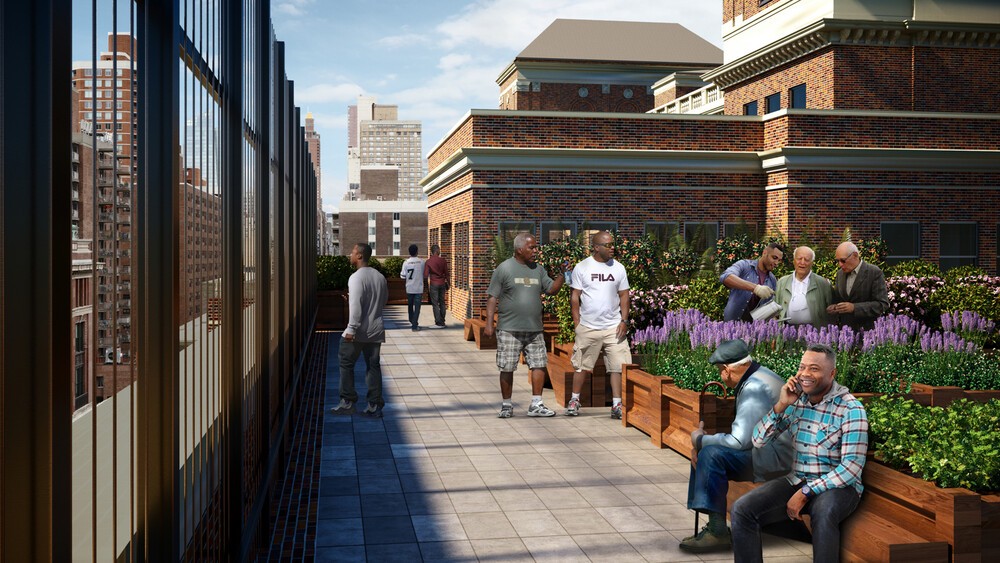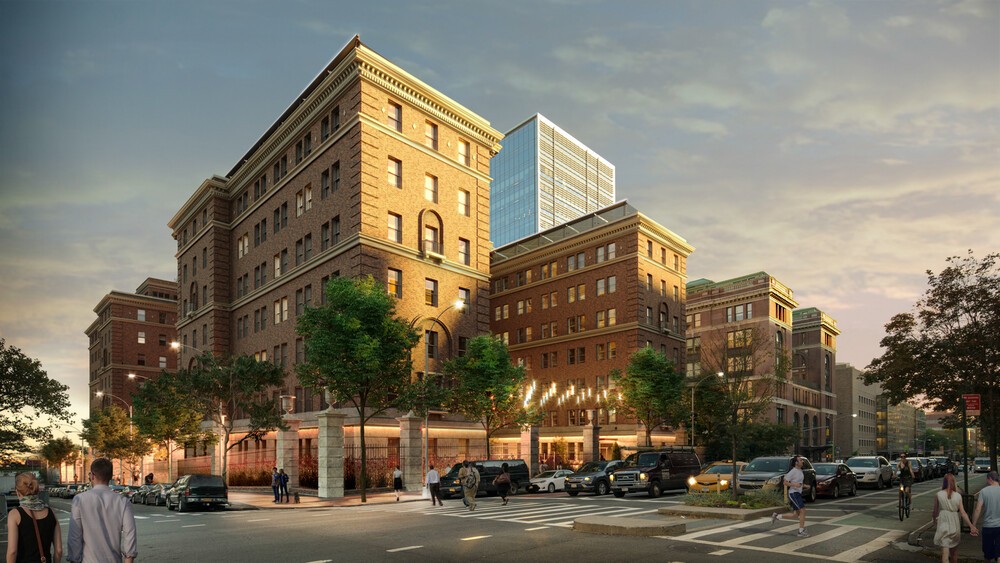New Principles in Homeless Shelter Design
In June, Marvel Director Tim Fryatt, and Ted Houghton, President of Gateway Housing, presented New Principles in Homeless Shelter Design at the AIA Conference on Architecture 2022. Below is a synopsis of their presentation and the insights they shared.
Efforts to end chronic homelessness have had notable success in smaller inland cities with healthy vacancy rates in their housing markets, contributing to seven years of decreases in nationwide numbers of homeless people. But high cost cities like New York City or Chicago have experienced population growth, tightening rental housing markets, and rising numbers of homeless people. As a result of increases homelessness has resumed its upward national trend over the past few years.
For larger American cities, ending homelessness is unlikely anytime soon. Although population demographics and needs differ, New York and Chicago have thousands of individuals homeless each night, and varied legal and moral obligations to provide emergency shelter. We recognize and affirm housing is the solution to homeless, and a human right. But we must also acknowledge emergency evictions and other crises necessitate temporary emergency shelter, as a part of the larger system of transitional supportive housing and permanent affordable housing.
Architects have a long and proud tradition of addressing pressing social needs, but the homeless shelter has been largely underserved. It is a complex hybrid typology, not quite residential, not wanting to be institutional, and in need of new mixed uses. To be truly effective, shelters must be much more than institutional way stations. We need a human based approach to serving individuals and families in times of personal crisis. Environmental shelter is only the beginning. People need self-actualization, safety, belonging and social connection. Reducing the duration of homelessness requires facilitating individual’s self-determination and empowering them with solutions.
New approaches to homeless shelter design embrace a more gracious and pragmatic approach to serving residents, employees, and communities. Engaging with the unique operational concerns, staffing needs, and flexibility requirements of emergency shelter in a changing world is imperative. A central design conflict involves creating a comfortable and welcoming facility which empowers homeless clients, without promoting entrenchment and stasis. There have also been new lessons learned in response to the COVID-19 pandemic changing trends in spatial use, building infrastructure, and operations.
We are suggesting four essential principles for modern shelter design; Safety, Dignity, Services, and Community. Within each principle are specific design strategies and best practices, focusing on efficiency and interrelationships between physical space, programming, and processes, and their impact on people’s lives.
 The vision for Bellevue Men's Shelter aspires to advance shelter design and best practices, offering a dignified experience for staff, homeless, and the community, to reduce the duration of homelessness.
The vision for Bellevue Men's Shelter aspires to advance shelter design and best practices, offering a dignified experience for staff, homeless, and the community, to reduce the duration of homelessness.Our experience designing the Masterplan for Bellevue Men’s Shelter, the largest shelter in NYC, was the testing grounds for the development and implementation of these principles. Our team included architects, planners, engineers, designers, and specialists in homelessness social services, supportive housing, mental illness and addiction. The masterplan is currently being executed in a phased manner.
Our set of principles, and best practices around the physical design of homeless shelter spaces has supported the New York City Department of Homeless Services, including their Conscious Shelter Design Guidelines informing improvements across all municipal city shelters.
Follow the link for more information on the Bellevue Men’s Shelter Masterplan.
